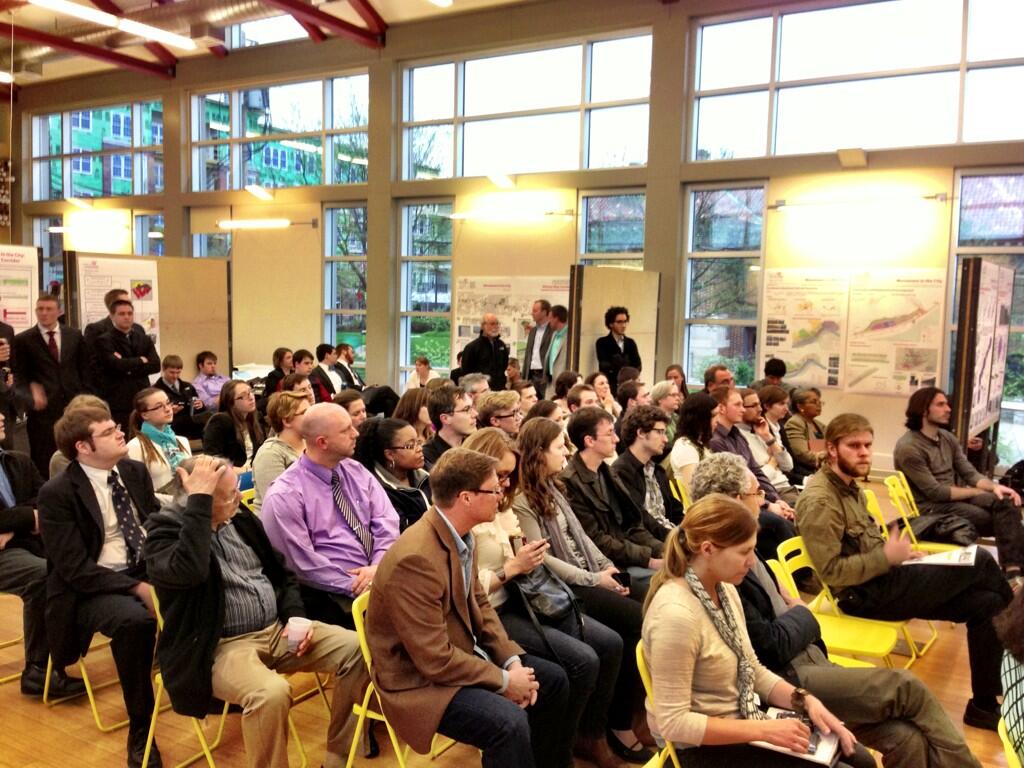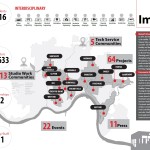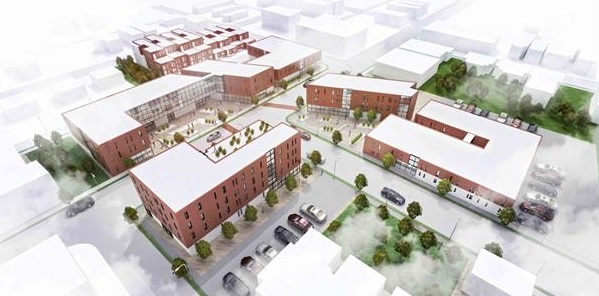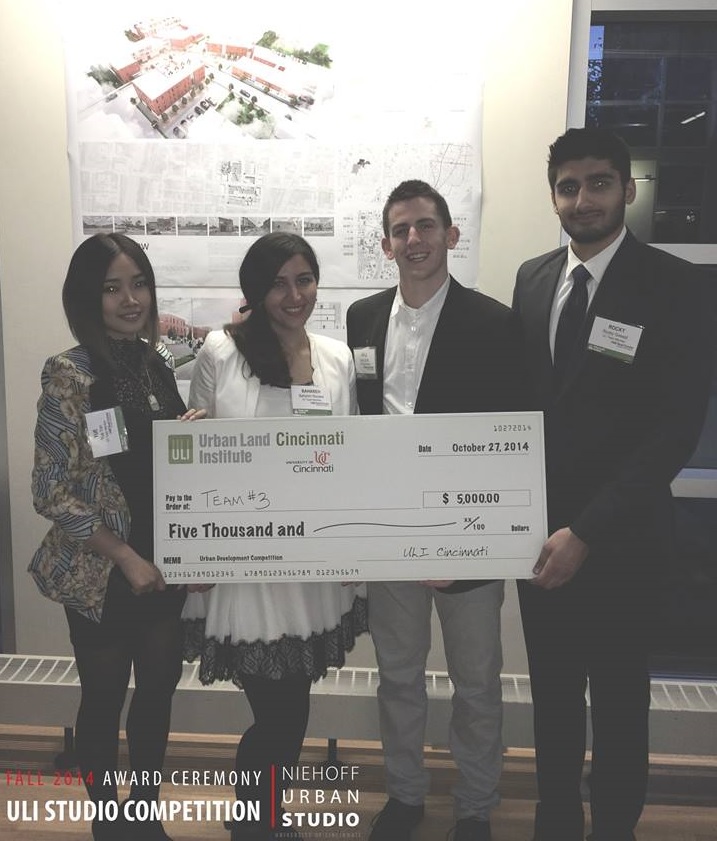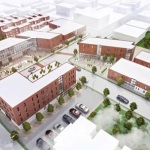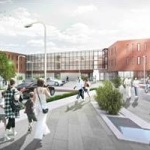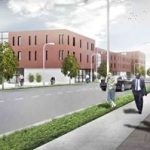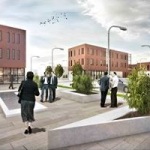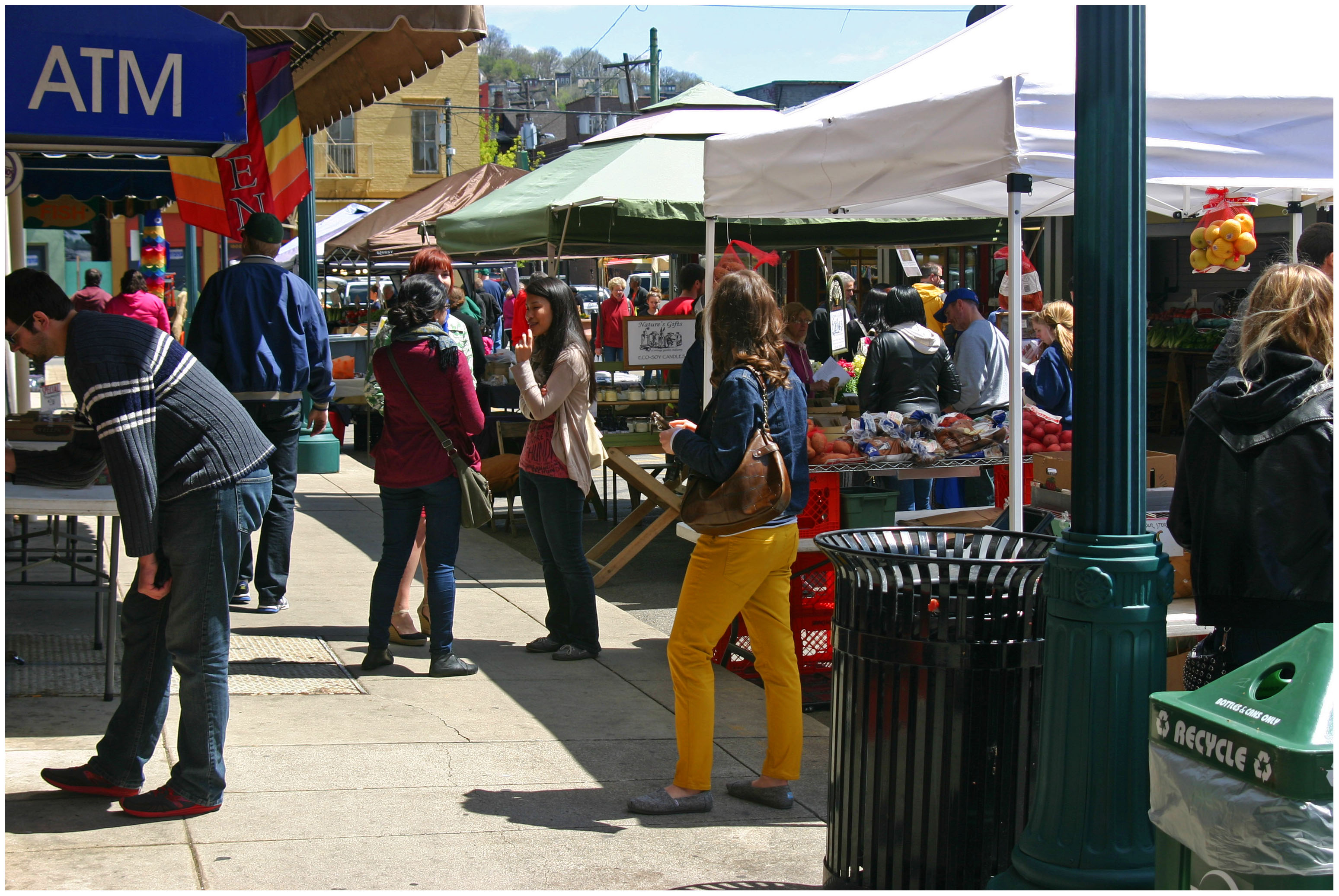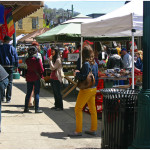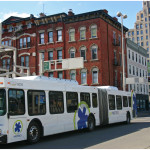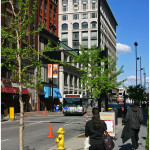New ideas can come from anywhere and Cincinnati is no exception. People have taken notice of what is going on in Cincinnati. In the spirit of the latest episode of The UrbanCincy Podcast, I thought it would be nice to highlight some ideas that worked so well in Cincinnati that other cities have adopted them.
However, it is important not to forget that great ideas often come from great turmoil. Innovative ideas often only receive the light of day because the situation they are created in is so dire. Keeping that in mind when reading this story can remind us of how far Cincinnati has come in some areas, and how that journey can inform efforts in other cities.
Here are four key ideas that have come from Cincinnati. This is by no means an exhaustive list, so please let us know in the comment section if you have other additions.
Idea 1 – Collective Impact
The concept of collective impact stems from the idea that numerous individual efforts are being undertaken in places to reach similar social goals. Thus, collective impact’s main role is to take those individual efforts and bring stakeholders together to increase the efficacy of each individual’s work around the organizing principal.
The Strive Partnership in Cincinnati was the first group to take this approach and develop a unique model that is now being applied around the country. With a focus on building what they call “cradle to career partnerships”, which seek to improve agreed upon outcomes for children throughout their growth to adults, collective impact is a truly national phenomenon.
Idea 2 – The Collaborative Agreement
In the wake of the killing of Michael Brown by Ferguson, Missouri police officer Darren Wilson and the resulting protests and social unrest, many Cincinnatians could not help but think of the parallels to the killing of Timothy Thomas by Cincinnati police officer Stephen Roach.
Following the 2001 race riots in Cincinnati, a group of concerned community members and representatives from law enforcement came together around shared principles to improve community policing and engage with the stakeholder more in how they felt the department should function to simultaneously improve outcomes and relations with the communities where they work. This became the document known as the Collaborative Agreement, and is now considered a blueprint for conversations in Ferguson and beyond on how to begin creating a more inclusive environment for local residents regardless of their background.
Idea 3 – Community Learning Centers
The philosophy behind Community Learning Centers is straightforward: schools are neighborhood assets and should be utilized as such. Combine that philosophy with in-school wrap-around services that are funded in part through community relationships and you have a reproducible model for school improvement and neighborhood revitalization.
Community Learning Centers have latched on in New York City, where Mayor Bill de Blasio (D) has approved the creation of new community learning centers as a part of his educational platform, and within the Department of Education where a 21st Century Community Learning Centers program supports the creation of such setups around the country.
Idea 4 – 3CDC
Whether you agree with their tactics or not, it is hard to argue that the Cincinnati Center City Development Corporation is not influential in the ongoing real estate redevelopment bonanza that is going on in and around Cincinnati’s center city. Perhaps not surprisingly, other cities have taken notice.
3CDC’s combination of non-profit status gives it independence, and its relationship with large local companies provides it with formidable financial resources. The potent combination has been labeled as a “model for urban transformation” by the Urban Land Institute, and other cities are considering adopting the 3CDC model that has accomplished a great amount in redeveloping socioeconomically depressed urban areas.

